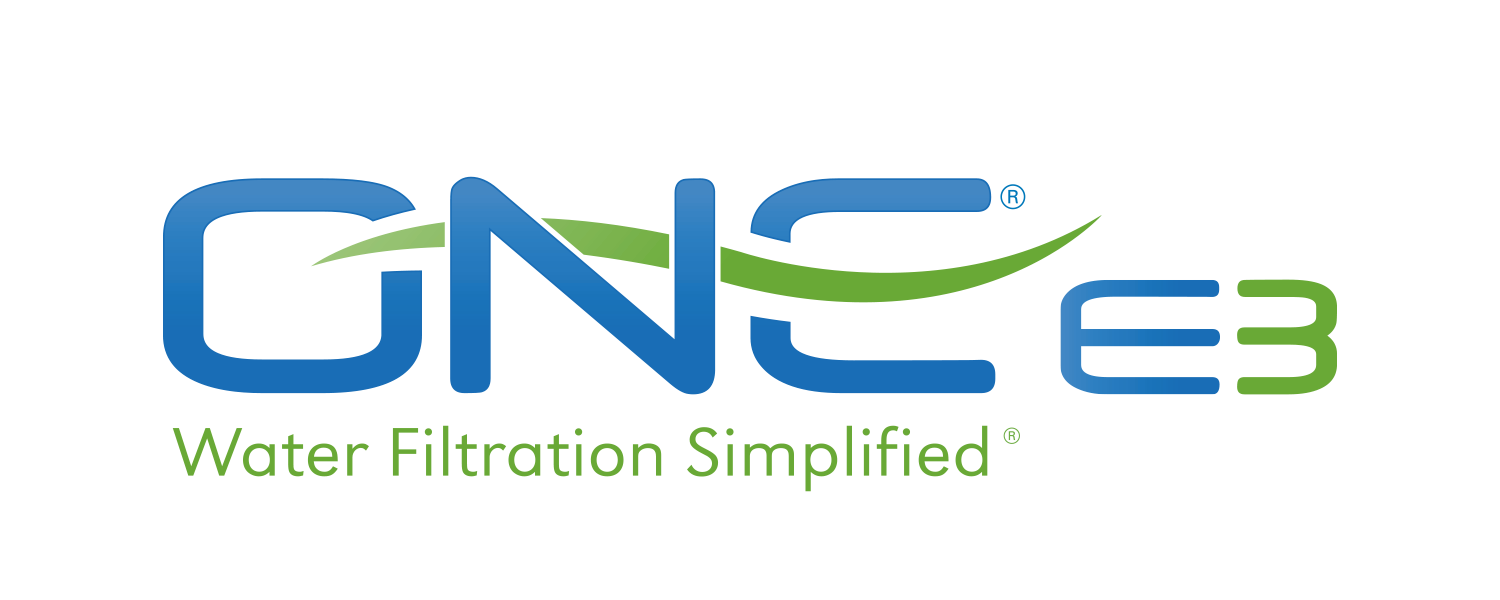PFAS are chemicals that have been used in a wide variety of manufactured products since the 1940s—including Teflon and fire-fighting foams. The acronym stands for perfluoroalkyl and polyfluoroalkyl substances, which is a grouping that includes other chemical acronyms you may hear thrown around like PFOA and PFOS. The EPA states on its website: “There is evidence that exposure to PFAS can lead to adverse human health effects.”
PFAS have popped up in the news recently because of problems with them contaminating U.S. drinking water. Since these chemicals can accumulate in the human body and have been associated with significant health problems—like cancer, immune system effects, and low infant birth weight—this is a cause for concern. Increased efforts are being made to detect and eliminate PFAS. Here are a couple of the latest stories…
- A recent UPI article states that “an estimated 5 to 6 million people are known to be exposed to unsafe levels of PFOS and PFOA, though the number could be much higher”.
- Meanwhile, Michigan Live reports that a pair of Michigan representatives introduced a bill to congress that would dedicate $50 million to finding sites around the United States that may contain PFAS
While PFAS contamination has been found in various water supplies across the country, the scariest part right now might be what is not known. According to the Michigan Live article: “Estimates from the Environmental Work Group this year suggest up to 110 million Americans have some PFAS in their drinking water”.



